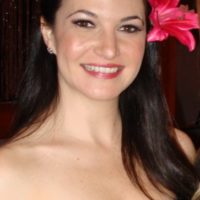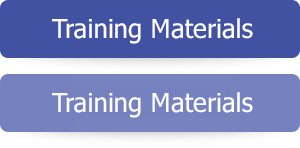The View from Here (19-11)

By: Justine Chichester
“Early detection saves lives.”
I went for an annual checkup with my doctor in February earlier this year. Among other things, she stressed to me how important it was for me to get a mammogram since I hadn’t had one yet, and I was already 44. It was something I was always meaning to do, but just kept putting it off. Then, I became disabled after a fall in front of my house, which came with its own set of complications in my life. Honestly, getting a mammogram was not at the top of my “to do” list.
I explained to my doctor that I had been through so many tests and surgeries over the past couple of years associated with my spinal cord injury, that I wasn’t really rushing to add yet another exam on to my list. She insisted and explained the importance of the mammogram to me, especially at my age. She gave me a prescription and I reluctantly scheduled the appointment. Finally.
I was apprehensive going into the exam, especially since I am in a wheelchair. Don’t you have to stand to do the test? How will they accommodate me in the chair? When I showed up for the mammogram, I was relieved that the machine and tech were very accommodating to me in my chair.
As we close out October, which is Breast Cancer Awareness month, I think it’s important to share my story to encourage other women to stop putting off your screenings. Get your mammogram. It is so important. Screening tests are used to find breast cancer before it causes any symptoms or warning signs. Screening tests can find breast cancer early, when the chances of survival are highest. A mammogram can detect breast cancer up to two years before the tumor can be felt by you or your doctor. During mine, they found a small mass, which was biopsied and discovered to be invasive ductal carcinoma. I had breast cancer. It was a rather early stage, and, because of that, I was lucky enough not to have to endure the mastectomy, as a lumpectomy was the preferred procedure to remove the tumor and any effected lymph nodes. Also, since it was discovered early, I did not have to have chemotherapy. I had subsequent radiation instead.
I had been putting off getting a mammogram for years. I did self-exams, and I figured since I didn’t have any symptoms, I didn’t need to have one until I was older. I made every excuse in the book. Ultimately, I am so thankful my physician continued to put the pressure on me to get my screening done. Women ages 40 to 45 or older who are at average risk of breast cancer should have a mammogram once a year.
If I can go, in my wheelchair, after everything I’ve been through, you can too.













